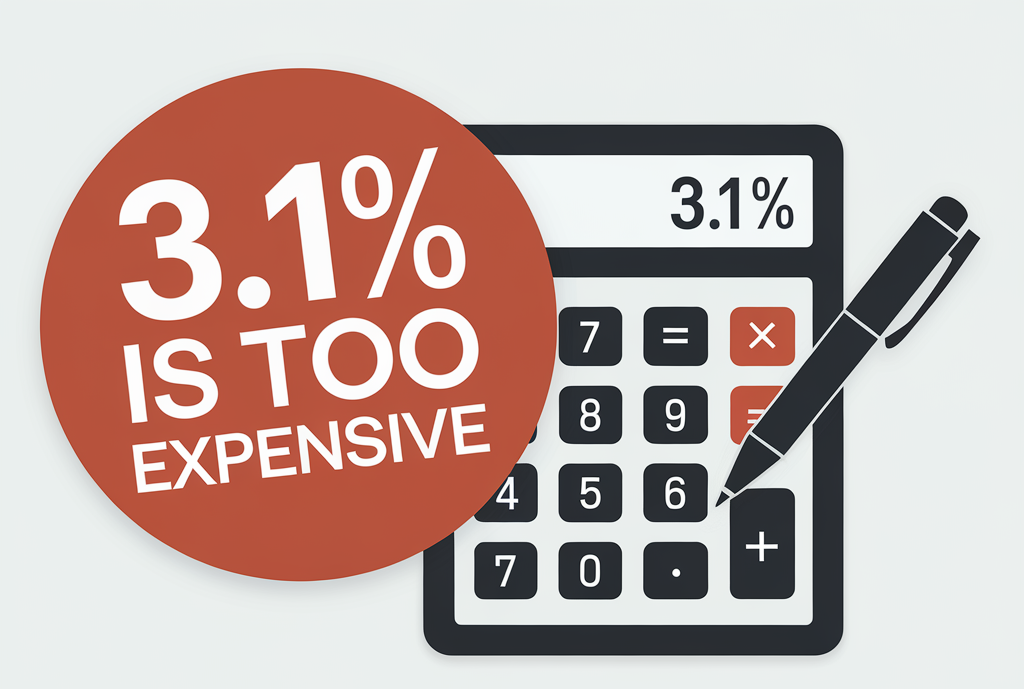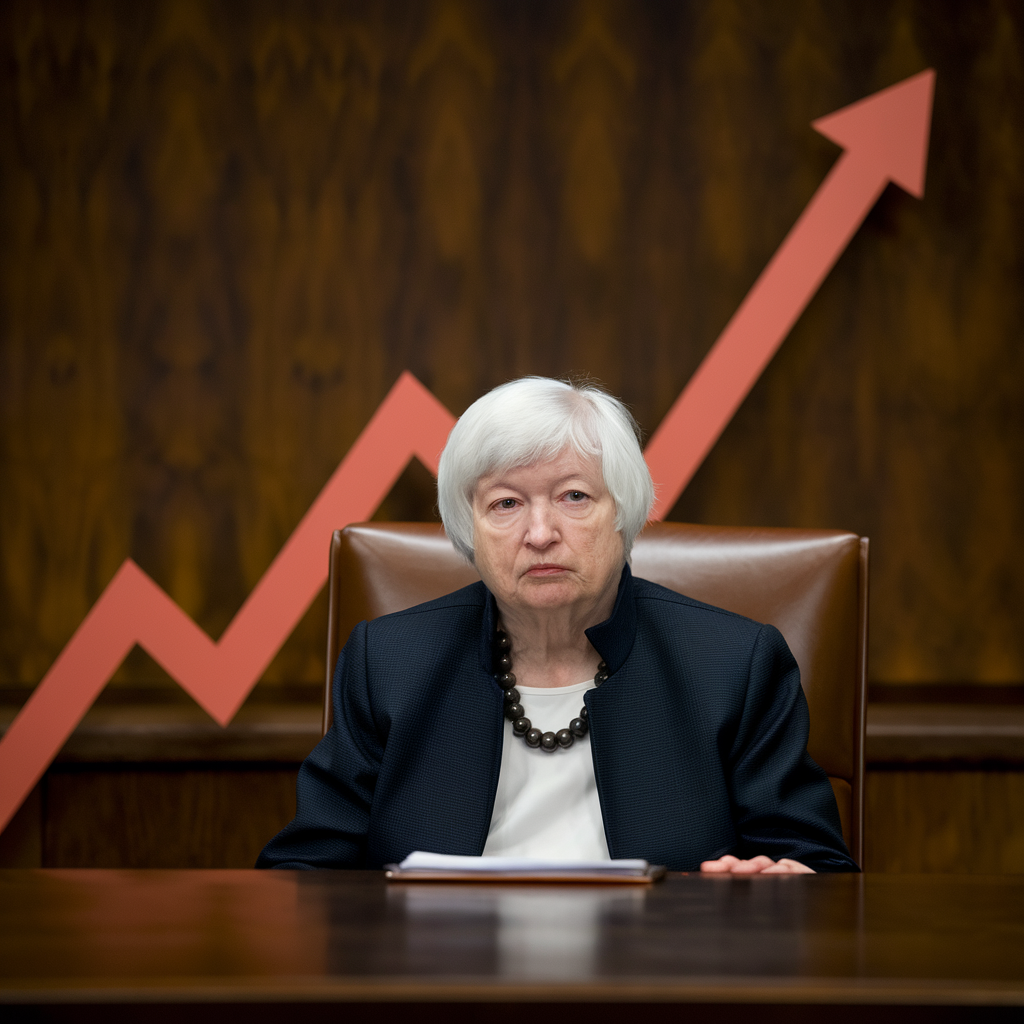On June 12, 1817 in the city of Mannheim, Germany, a local inventor by the name of Karl von Drais unveiled a brand new, futuristic invention he had just developed.
It was called a laufmaschine, or “running machine” in German. And it was essentially the world’s first bicycle.
There were no pedals, no seat, and no chain to connect the wheels; the rider basically had to propel the laufmaschine with his feet, then balance on it once achieving sufficient momentum.
It was crude, but it worked. And von Drais showed off his machine to the world that summer day by riding 7 kilometers in roughly one hour.
The reaction was instantly divisive.
Some people thought the laufmachine was as significant as cave men inventing the wheel, and they envisioned a future world in which bicycles dominated transportation.
Others thought it was a silly, unnecessary, dangerous invention. And many in the press derided von Drais’s invention, pejoratively calling it a “dandy horse”.
Plus several governments, including in the United Kingdom, the US, and even Germany, banned its use for posing too much risk to pedestrians.
Nevertheless, the development of the bicycle persisted over the next several decades, and public interests grew.
By the early 1880s, cycling had become incredibly popular. Even the Queen of England owned a bicycle, making it highly fashionable among Britain’s elite.
The most advanced bicycle design in the world at that time was called the ‘penny-farthing,’ which is the one you’ve probably seen in old photos. It had one ridiculously large wheel, and one tiny wheel.
The penny-farthing was fast… but incredibly unstable. Cyclists cruising at high speed would often flip over the handlebars after hitting one of London’s many potholes– which they referred to as “taking a header”.
The rapidly growing popularity of bicycles prompted inventors and engineers across Europe to work feverishly on new, safer designs and innovations; there was so much brainpower devoted to cycling that, by 1896, a full 15% of British patents were issued for bicycle designs.
The entire industry exploded. Bicycle factories, tire factories, repair shops, and sales shops were everywhere.
In the city of Birmingham alone, the number of bicycle manufacturers grew from almost nothing in the early 1880s, to 177 by the mid 1890s.
‘Bicycle mania’ was in full swing. So naturally it didn’t take long for the bankers to get involved.
In 1895, 70 bicycle-related companies went public on stock exchanges in the United Kingdom. In 1896, that number swelled to 363. And just in the first six months of 1897, another 238 were listed.
Most of these companies were totally hollow; they had no useful intellectual property, no plan to generate revenue, no professional management or engineering talent, and no hope to generate profit.
They simply went to the market and said, “I’m in the bicycle business,” and their stock prices soared.
Bicycle stocks became so popular, and rose so quickly, that the Financial Times devoted a section of its daily newspaper to the industry. And Cycling magazine had a financial section discussing stock prices in the industry.
The air finally came out of the cycling sector in the middle of 1897, with the ‘Bicycle Index’ falling more than 70% from its peak by the end of 1898. By 1900, roughly HALF of the bicycle companies that had gone public were no longer in business.
Along the way, there were plenty of skeptics in the media who thought bicycle mania was a ‘scam’, or who thought the technology was a bunch of hooey. After the bust in the late 1890s, these same skeptics predictably began dancing on the graves of the fallen companies, convinced that they had been proven correct.
Except the skeptics weren’t correct.
When the bicycle bubble burst, the poor quality companies and idiotic designs all got washed away. But the great business and the great designs survived.
Dunlop Tires is a great example; it’s still one of the biggest tire brands in the world today, and it got its start during Bicycle Mania in 1890.
More importantly, the fundamental technology has proven to be extremely sound. Bicycles have become ubiquitous around the world. Plus they directly influenced the development of the automobile.
This is similar to many financial bubbles throughout history, especially those that are sparked by new trends and technologies.
There were plenty of idiotic ideas and useless companies that went public in the 1990s during the dot-com boom. And when the bubble burst, many of them were washed away forever.
But there are plenty of successful businesses which still dominate today, including Amazon, Google, and Nvidia, that were founded during the mania of the 1990s.
More importantly, the bursting of the dot-com bubble did not invalidate the potential of the Internet and how much it would change our lives.
And that leads me to where we are today. Cryptocurrency is the latest technology to go through this boom/bust cycle.
Crypto has actually gone through multiple boom/bust cycles in its relatively short existence; in the last cycle the price of Bitcoin fell 85% from its peak, before rising ~20x in the next cycle.
All along the way there have been skeptics calling cryptocurrency a ‘scam’ and ‘dangerous’.
(Remember, there was a time in the early 1800s when multiple governments even outlawed bicycles because they also considered that technology ‘dangerous’.)
The price of Bitcoin is now down ~70% from its most recent peak. And, almost on cue, the crypto grave-dancers (like Bill Gates) are now insisting that they were right for predicting its demise.
If history is any guide, this is pretty foolish.
The fact that a technology attracts manic boom/bust capital is no reflection on the technology itself. It is a reflection on the market’s tendency towards irrationality.
This was the case with bicycles and the Internet. And it will most likely be the case with crypto.
There will be plenty of crypto businesses, and many tokens themselves, that will (and should) go bust.
But there are still plenty of great projects and great ideas out there– most notably, the fundamental idea of having a decentralized financial system.
Our traditional financial system, dominated by clueless politicians and out of touch central bankers, has been a total disaster. It is responsible for the record-high debt and record-high inflation which are disrupting the lives of literally billions of people.
Given these conditions, the decentralized financial system that cryptocurrency represents makes more sense than ever. And the fact that Bitcoin is going through another ‘down phase’ in the market cycle bears absolutely no relevance to its value whatsoever.
History is almost invariably on the side of innovation. And there’s still an abundance of innovation in crypto.









